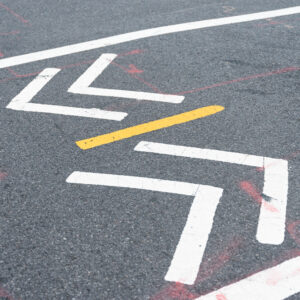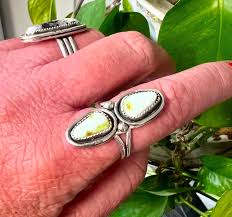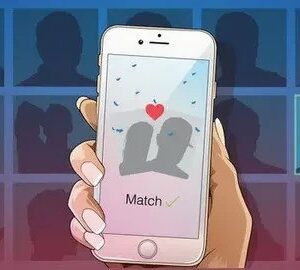If you’re looking to start freelancing in web design but have no experience, don’t worry—you’re not alone. Many successful freelance web designers started exactly where you are today.
The good news is: you don’t need a tech degree or years of experience to begin. In 2025, with the rise of tools like WordPress and Elementor, anyone can learn web design and offer freelance services. All it takes is a step-by-step approach, some practice, and the willingness to keep learning.
In this guide, you’ll learn 10 beginner-friendly steps to help you get started in freelancing—without any prior experience.
📘 Step 1: Understand What Web Design Really Means
Before you start offering services, take a moment to understand what web design involves. It’s more than just making websites look good. It includes:
-
Creating user-friendly layouts
-
Ensuring mobile responsiveness
-
Optimizing loading speed
-
Applying basic SEO best practices
As a beginner, focus on website builders like WordPress, and visual tools like Elementor or Bricks. These don’t require coding and are perfect for learning fast.
🎓 Step 2: Learn Basic Tools and Skills
To start freelancing in web design, begin learning:
-
HTML & CSS: Free tutorials on freeCodeCamp
-
WordPress: Learn how to install themes and plugins
-
Elementor: Drag-and-drop page builder for design
-
Canva or Figma: For mockups and creative visuals
💡 Pro Tip: Focus on one stack (like WordPress + Elementor) to avoid overwhelm.
🧪 Step 3: Create Practice Projects
No clients? No problem. Create websites for imaginary businesses such as:
-
A bakery
-
A local service provider
-
A portfolio website
-
A blog or news site
Then upload them to GitHub, Behance, or your personal website to showcase your skills. Practice projects prove your ability—even without real clients.
🧰 Step 4: Build Your Own Portfolio Website
To stand out as a web designer, you need a portfolio. Your site should include:
-
Home, About, and Contact pages
-
Your services and pricing
-
Testimonials (even mock ones for now)
-
Sample projects or practice websites
Don’t overthink it. Use WordPress + Elementor for easy design. If you need help, Premium Logics offers affordable portfolio website setup for new freelancers.
💼 Step 5: Set Up Your Freelance Presence
Here’s what you need:
-
A professional email (like you@yourdomain.com)
-
A basic logo (use Canva)
-
A consistent name for all platforms (Instagram, LinkedIn, etc.)
-
Business cards (optional, for local outreach)
This helps you look professional even if you’re just starting.
🌎 Step 6: Join Freelance Marketplaces
The easiest way to find clients as a beginner is to join platforms like:
-
Fiverr
-
Upwork
-
PeoplePerHour
-
Freelancer.com
Tips for success:
-
Create a clear profile with a friendly photo
-
Add sample projects to your portfolio section
-
Start with affordable pricing
-
Offer extras like mobile responsiveness or contact forms
🗣️ Step 7: Improve Your Communication Skills
When you start freelancing in web design, communication is just as important as design. Learn to:
-
Write clear proposals
-
Ask smart questions
-
Understand client needs
-
Be polite and professional
Strong communication builds trust and helps you stand out—even more than fancy design skills.
📣 Step 8: Start Offering Services Locally
You don’t need to rely only on online platforms. Offer your services to:
-
Friends and family
-
Local shops and small businesses
-
NGOs or community projects
Even if you do one or two free projects, it builds your portfolio and confidence. Ask for testimonials or referrals in return.
📱 Step 9: Use Social Media to Promote Yourself
In 2025, most clients check your social presence before hiring. Set up accounts on:
-
Instagram: Share your designs and before-after shots
-
LinkedIn: Post case studies or helpful tips
-
Facebook groups: Join freelancing or WordPress communities
Post consistently and interact with others. You’ll slowly build visibility and trust.
🚀 Step 10: Keep Learning and Growing
The digital world changes fast. Stay updated by:
-
Following design blogs and YouTube channels
-
Taking online courses (e.g., Coursera, Udemy)
-
Practicing new design trends like dark mode, minimalism, or 3D effects
💡 Remember: The more you learn, the more you can charge!
💡 Final Advice: Take Action, Not Just Notes
You don’t need to be perfect. The most important step to start freelancing in web design is simply to begin.
Make your first website. Show it off. Message potential clients. Learn from your mistakes.
The journey will be full of challenges, but it’s worth it. By following these 10 steps, you’ll move from zero experience to a real freelance career.
🛠 Need Help With Your Website or Portfolio?
At Premium Logics, we help beginners create stunning personal websites, design their first online store, and get started as freelancers with confidence.
If you want a fast, mobile-friendly, and professional portfolio site—we’re just a click away.
👉 Contact Premium Logics to get started today!





